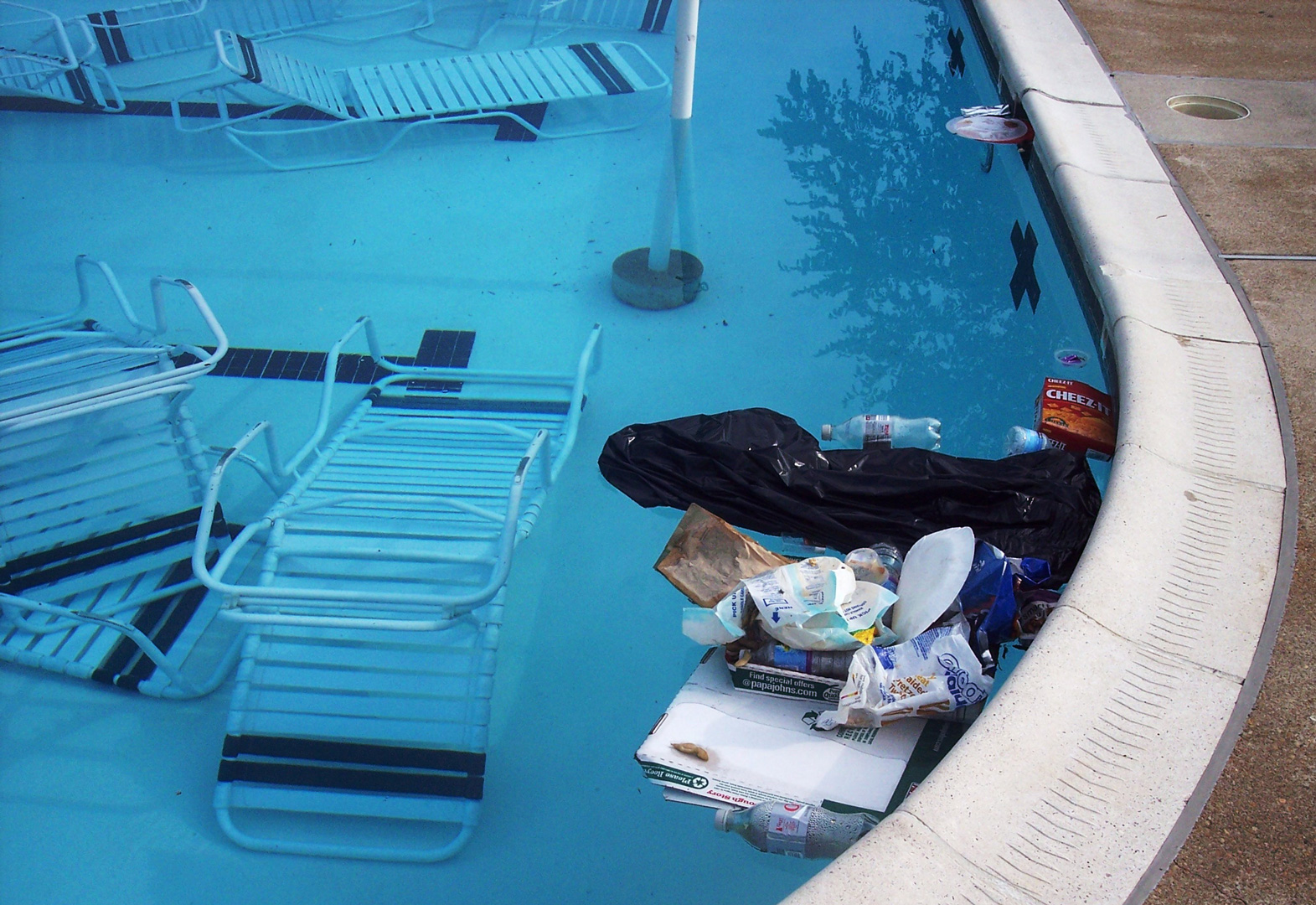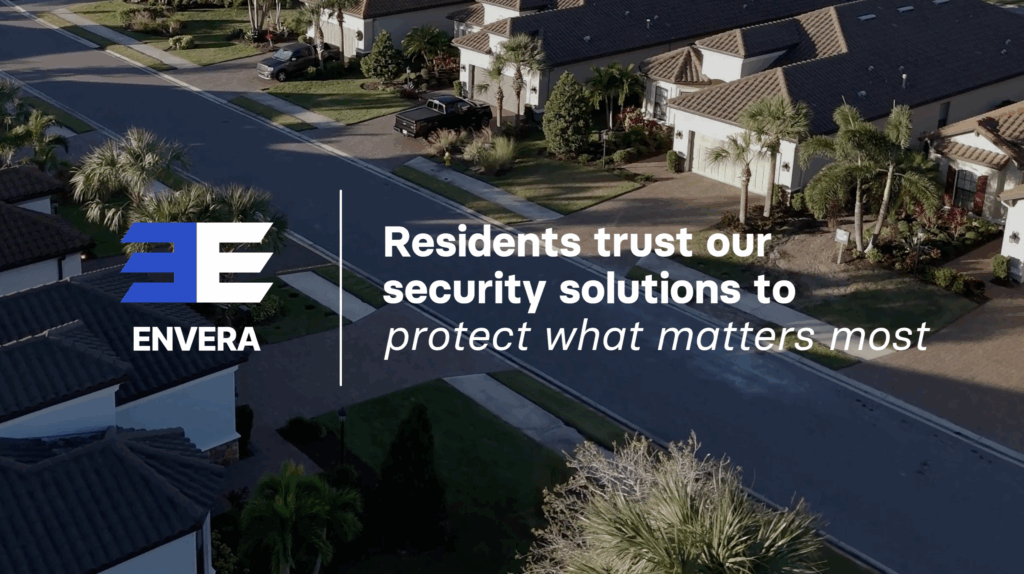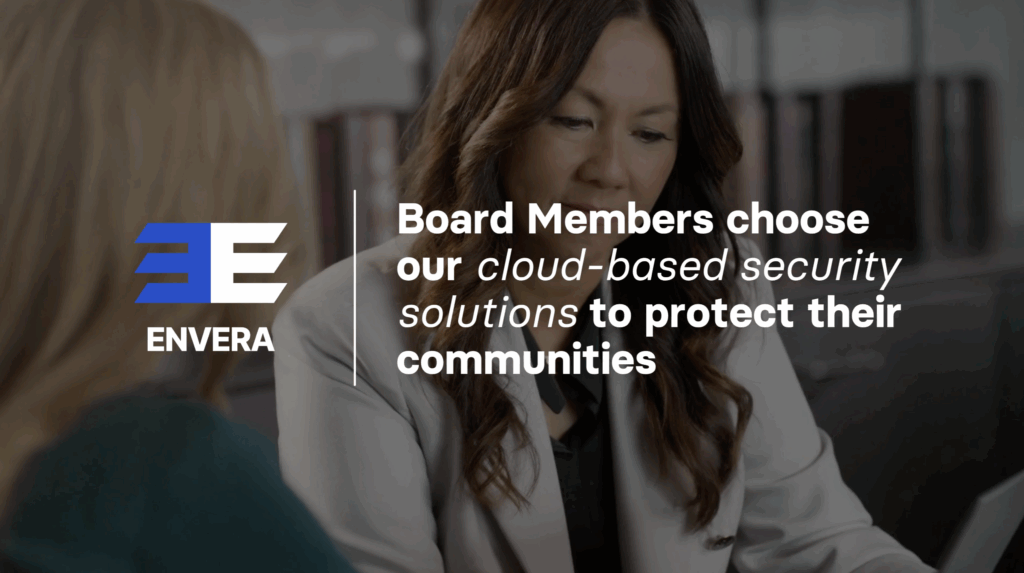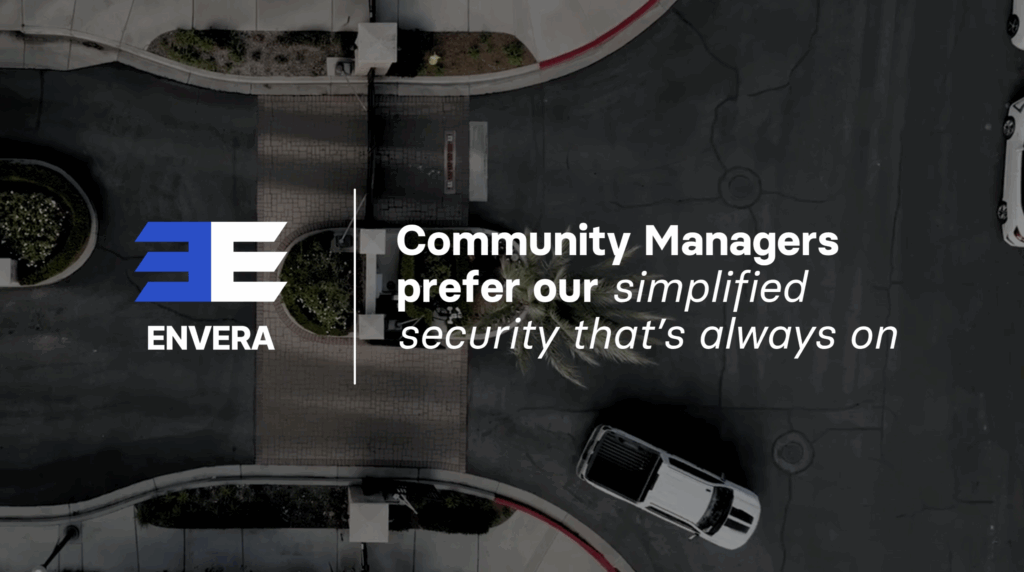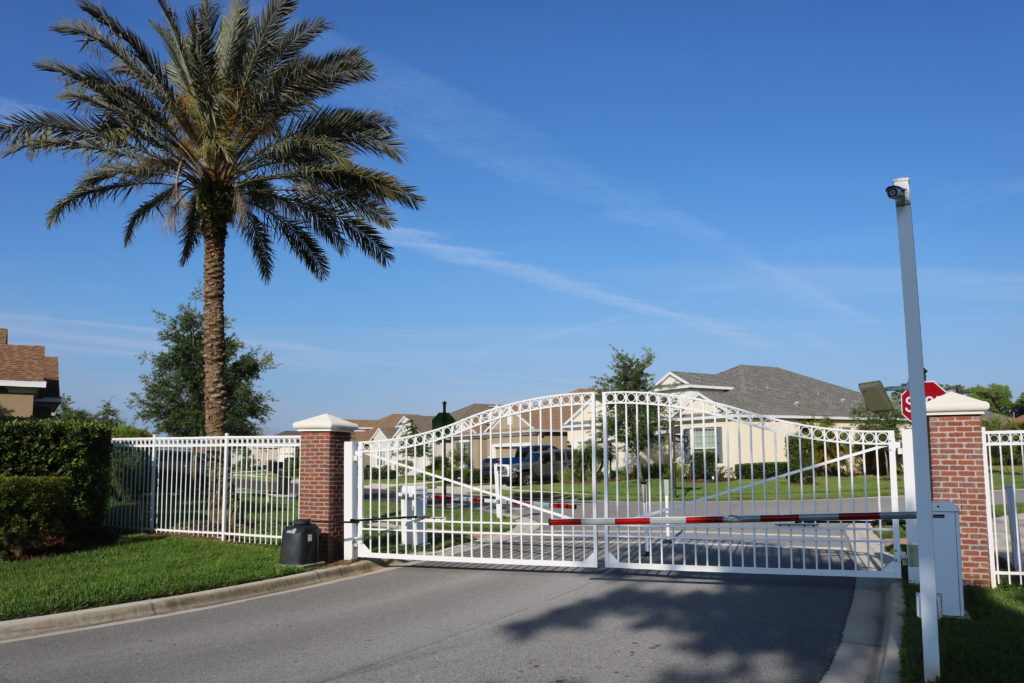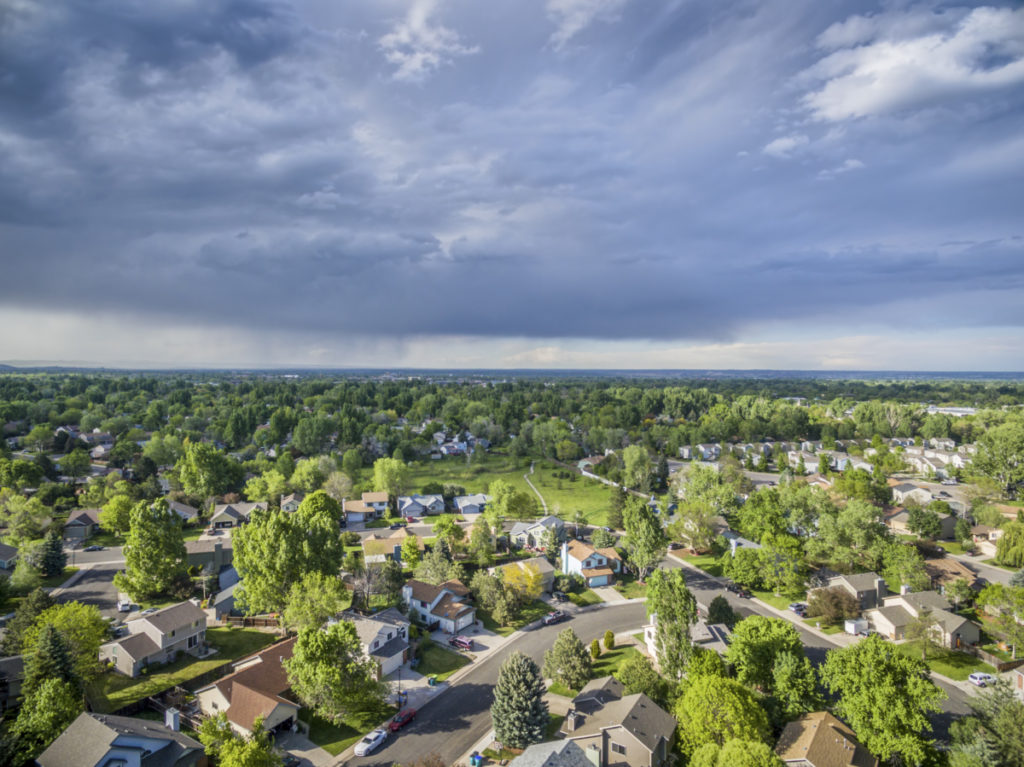Methods for Preventing Vandalism at Amenities
It is discouraging for residents to wake up to and frustrating for property managers to address after arriving at a community only to find furniture was thrown in the pool, bubbles are overflowing from a hot tub, or graffiti lines the bathroom walls. The community amenity may have to be closed, and cleanup will start to remove any vandalism that has defaced the area. This costs communities unallocated time and money, with the possibility that all of the work will be vandalized again. In most cases, vandalism at a community asset occurs overnight. While some communities may employ a roving security guard to monitor the areas, that is not an affordable or practical solution for others. Deterring vandalism can also be achieved with other security methods, improving the overall security for a community.

One preventative solution that many communities do or should have in place is access control security. Access control is commonly used at amenity gates or doors, and it can also be used at gated entrances for resident vehicles. When used at a clubhouse, pool, or other amenity, communities are able to issue unique credentials for residents or users that are allowed access to the area. Most credentials are in the form of a key card, fob, sticker, or biometric identifiers. This is a first method of defense to stop unwanted people from entering a community asset.
Not only do communities have control of who has access to a community amenity, but board members and property managers can also monitor who entered an area and when. Reports can be retrieved to see whose credential was used last at an amenity or at a certain time. This feature can be used for more than gates and doors, it can also be placed on equipment, like grills. This ensures that only authorized persons have the ability to turn on the grill. If a grill is misused, community officials are able to see who used it last. An important safety feature that can also be in place is an automatic timer that will turn off a grill after a set amount of time has passed.
Timers can also be set for all other doors and gates with access control installed. This can lock the entrance point at a certain time when the amenity area closes. This is especially useful for public bathroom doors. Community bathrooms are frequently subject to vandalism during the night when people are not around. However, if the bathroom automatically locks when the amenity closes, it is much more difficult for vandals to enter. An automatic lock time and open time also eases operations for onsite property managers or maintenance workers. Many times, these employees must remember to manually close and open community bathrooms, but with access control, they are able to focus on other tasks.

Access control will not stop everyone from entering a closed amenity. This is why a second method of prevention is helpful to have in place. In most cases, communities will have video surveillance installed for footage of any incidents that occur. While standard surveillance can be useful after vandalism occurs, it does not prevent trespassers or vandals from causing damage. Technology has improved so that video cameras can now be programmed with video analytics to actively monitor an area during certain hours and trigger an alarm if anyone enters. This is sometimes called active video surveillance.
Active video surveillance will record an area during the day like normal, but once the area is set to be closed, the video analytics will begin to track movement within that area. In most cases, these analytics are able to determine the difference between natural elements and a physical person entering the area. To be most effective, active video surveillance incorporates two-way voice capabilities. Once the video analytics track a person in the area, a signal is sent to a remote location, typically a virtual guard. The guard is able to verify that someone is in the location and voice down to say that the area is closed.
Because the voice downs occur in real time and from a real person, not a recording, trespassers frequently vacate the amenity. When they do not, a virtual guard should have the ability to directly contact the authorities and alert them to the verified alarm. In addition, the service provider should send a report with details about the alarm, what was seen, and how it was resolved.
Unfortunately, vandalism is something that many communities will continue to face. Making an investment to prevent the damage will save time and money in the future. Access control can be the first step in stopping unwanted people from entering specific amenities, while giving the community access to important data about who is entering and when. As a proactive second measure, active video surveillance can monitor amenities after hours and alert trespassers that they are being recorded and must leave. These methods can do more than prevent vandalism, they can also give a community peace of mind.
You can read the complete issue and original article here: FLCAJ – October
You can also download the article here.
